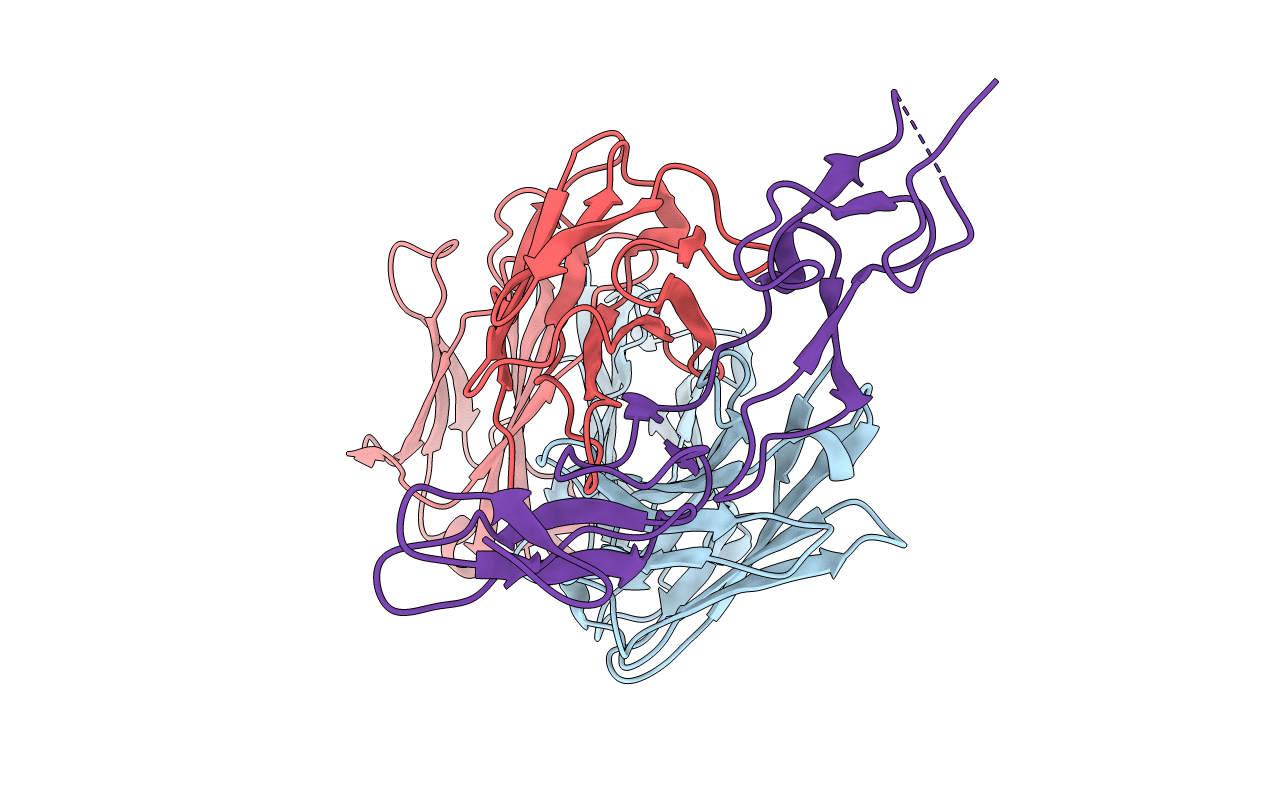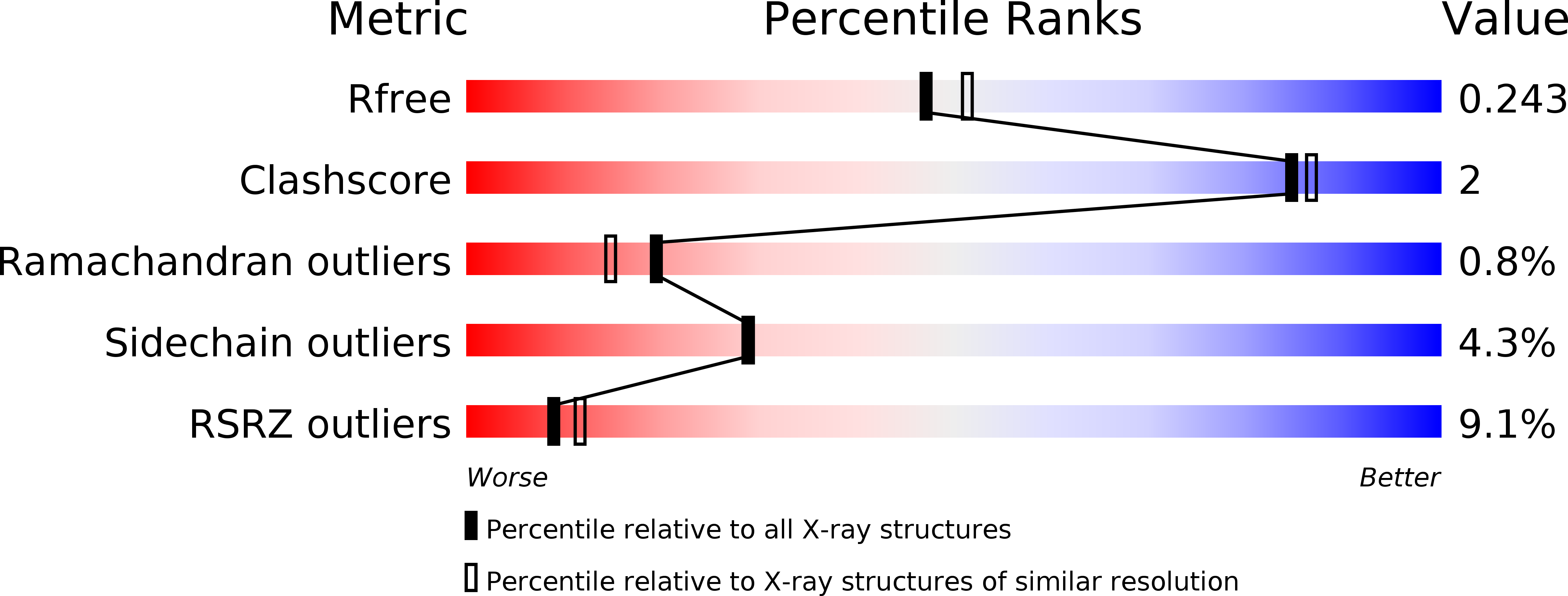
Deposition Date
2019-04-14
Release Date
2019-08-28
Last Version Date
2024-11-20
Method Details:
Experimental Method:
Resolution:
2.10 Å
R-Value Free:
0.23
R-Value Work:
0.21
R-Value Observed:
0.21
Space Group:
P 41 2 2


